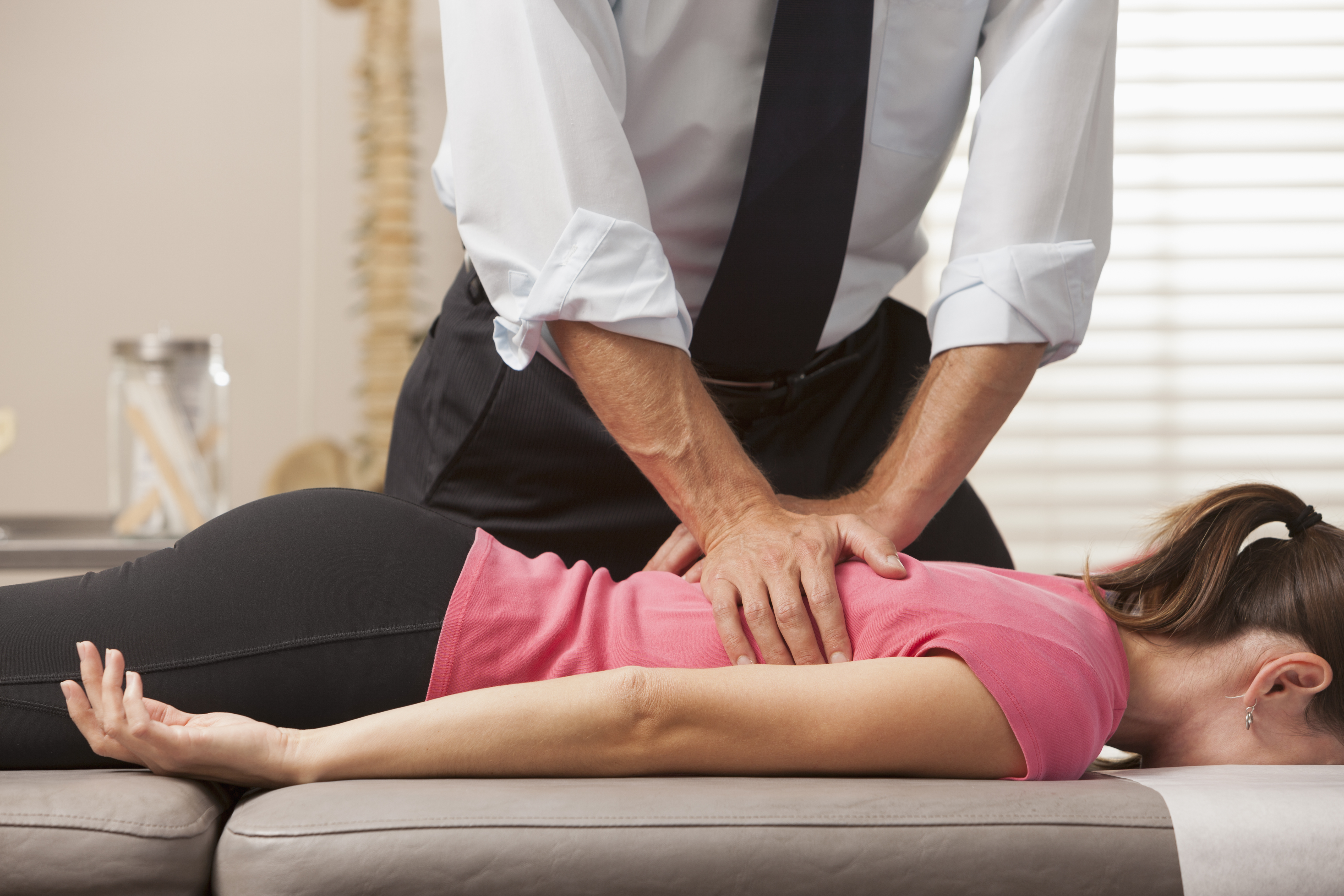How Spinal Decompression Can Improve Posture Naturally
Wiki Article
Checking Out Spinal Decompression Methods: What You Required to Know for Better Spine Care
Spinal decompression strategies are important for individuals experiencing persistent neck and back pain or spinal issues. These methods vary from non-invasive therapies to surgical choices, each made to soothe pressure on the back. Recognizing these techniques is necessary for efficient spinal column treatment. Not all methods are appropriate for every problem. The subtleties behind each approach warrant closer examination, as they can greatly affect recovery and total wellness end results. What aspects should one take into consideration prior to making a choice?Understanding Spinal Decompression
Spinal decompression might sound complicated, it basically refers to a variety of techniques intended at relieving stress on the spinal cable and surrounding nerves. The spine is a vital structure that sustains the body and safeguards important neurological paths. When compression occurs, it can bring about discomfort, discomfort, and minimized wheelchair. Recognizing spinal decompression entails acknowledging the causes of this stress, such as herniated discs, spinal stenosis, or injury. By addressing these underlying concerns, decompression strategies look for to bring back appropriate alignment and function. This process can involve both medical and non-surgical techniques, customized to private client requirements. The goal is to improve the lifestyle by alleviating discomfort, boosting posture, and promoting far better activity. As recognition of spinal wellness grows, the importance of comprehending spinal decompression comes to be significantly appropriate for those seeking efficient treatment alternativesUsual Spinal Decompression Methods
Spinal decompression methods include a range of approaches designed to soothe pressure on the spinal column and its involved frameworks. These techniques can be extensively categorized into surgical and non-surgical strategies. Non-surgical methods include spinal grip, where mild drawing pressures are related to the spinal column, developing room in between vertebrae. This can relieve nerve compression and promote healing. Chiropractic care adjustments additionally drop under this group, concentrating on straightening the back to enhance feature.Surgical decompression strategies entail procedures such as laminectomy, where a part of the vertebra is eliminated to soothe pressure on the spinal cable or nerves. Discectomy, an additional medical choice, entails the elimination of herniated disc material. Additionally, minimally intrusive strategies, like endoscopic discectomy, are acquiring appeal as a result of their minimized recovery times. Each strategy offers a certain function and may be chosen based upon individual client demands and the extent of their spinal problem.
Advantages of Spinal Decompression
When taking into consideration the numerous techniques to managing spinal problems, the benefits of spinal decompression techniques become obvious. These approaches aim to alleviate stress on the spinal discs and nerves, which can reduce pain and boost overall spinal health. By developing area between vertebrae, decompression advertises improved blood flow and nutrient circulation to the impacted areas, helping with healing and recuperation.Additionally, spinal decompression can help restore the natural alignment of the back, potentially decreasing the danger of future injuries. People usually report boosted mobility and versatility list below therapy, leading to an enhanced lifestyle. Moreover, the decrease in pressure can lessen symptoms connected with conditions such as herniated discs, sciatic nerve pain, and spinal constriction, offering a non-invasive option to even more intrusive procedures. Overall, spinal decompression techniques provide an array of physical and healing advantages, making them a valuable component of extensive spinal column care.

Who Can Benefit From Spinal Decompression?
Individuals experiencing from persistent neck and back pain, herniated discs, or spinal constriction may locate considerable relief with spinal decompression techniques. This non-invasive therapy can be especially helpful for those experiencing nerve compression symptoms, such as prickling, pins and needles, or weakness in the arm or legs. Athletes recovering from injuries or individuals with degenerative disc condition may likewise consider spinal decompression as a feasible alternative for discomfort management and boosted movement.Furthermore, prospects for spinal decompression typically include those that have not reacted well to standard treatments, such as drugs or physical treatment. It can likewise offer as an option for patients looking for to stay clear of medical treatment. Overall, spinal decompression strategies can supply a therapeutic choice for various individuals encountering spinal problems, aiding them regain a greater quality of life and useful ability. Consulting a medical care professional is important to determine the suitability of this therapy for details conditions.
Factors to consider and Precautions for Spinal Decompression

The sort of spinal decompression method-- whether medical or non-surgical-- should straighten with the individual's details problem and general health status. Tracking during the procedure is essential to address any kind of adverse responses without delay. Clients should likewise recognize that spinal decompression is not a one-size-fits-all solution; an extensive treatment plan might include physical treatment or way of living adjustments to support healing. In general, sticking to these precautions can greatly enhance the efficiency of spinal decompression treatments and advertise ideal back health.

Frequently Asked Inquiries
The length of time Does a Typical Spinal Decompression Session Last?
A regular spinal decompression session lasts in between 30 to 45 mins. This duration enables excellent treatment while ensuring the individual continues to be comfortable and gets appropriate focus to their particular spinal concerns and demands.Can Spinal Decompression Be Done in the house?
Spinal decompression can be done in the house with specific workouts and devices, such as inversion tables or lumbar dental braces. Nevertheless, examination with a medical care professional is advised to assure security and efficiency in specific cases.Is Spinal Decompression Painful?
Spinal decompression is generally not unpleasant; nonetheless, people might experience moderate discomfort or stress during the procedure. Discomfort levels can vary based on the person's condition and the approach utilized for decompression.Exactly How Numerous Sessions Are Generally Required for Relief?
Usually, people might need 6 to 10 sessions of spinal decompression therapy to experience substantial alleviation (Spinal Decompression). The exact number can differ based on individual conditions and reactions to therapy, requiring personalized analysis by healthcare specialists.Are There Any Kind Of Age Limitations for Spinal Decompression?
There are typically no rigorous age restrictions for spinal decompression therapy. Suitability might depend on individual health problems and the certain method made use of, so appointment with a health care expert is suggested for individualized suggestions.Spinal decompression techniques are vital for people experiencing persistent back pain or spinal problems. Spinal decompression might seem complicated, it fundamentally refers to a selection of methods aimed at relieving pressure on the spinal cord and surrounding nerves. When thinking about the numerous strategies to handling spinal problems, the advantages of spinal decompression techniques come to be evident. Individuals suffering from chronic back pain, herniated discs, or spinal constriction might locate substantial alleviation via spinal decompression strategies. On the whole, spinal decompression techniques can supply a therapeutic choice for different people dealing with spinal concerns, assisting them gain back a greater top Top Chiropractor quality of life and useful capacity.
Report this wiki page